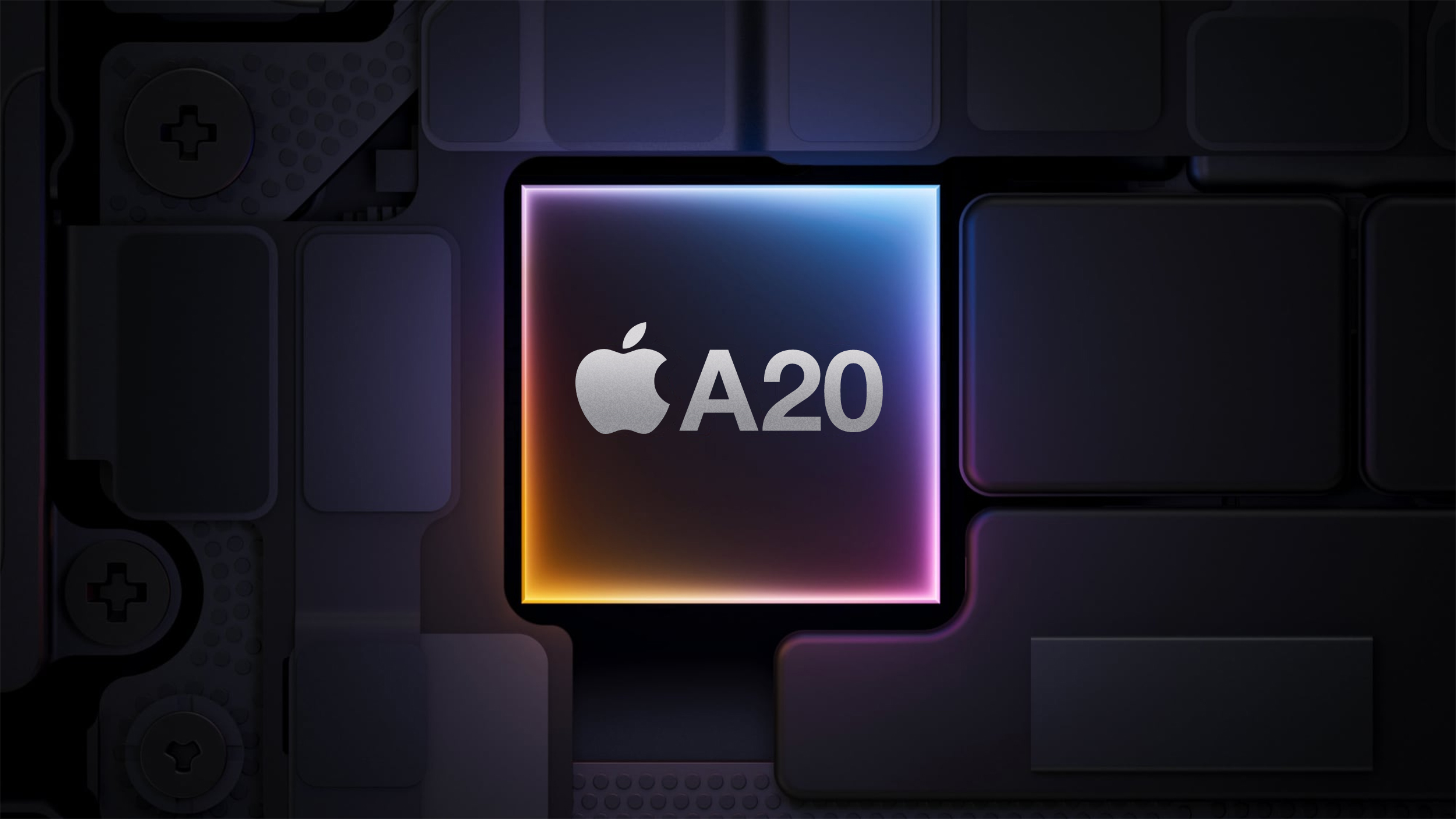
Apple has ordered almost half of TSMC's initial 2nm production capacity for the iPhone 18 as the pure foundry begins mass production of its next-generation chip process.

According to DigiTimes, TSMC's 2nm process went into production in the fourth quarter of 2025 as planned, with the foundry setting substrate pricing at a premium $30,000 per unit. Despite the steep costs, chip manufacturers are said to be scrambling to secure production slots, with Apple leading the charge alongside Qualcomm for the largest allocations.
The Taiwan-based semiconductor manufacturer expects to produce between 45,000 to 50,000 wafers monthly across its Baoshan and Kaohsiung facilities by the end of 2025, with capacity scaling to over 100,000 wafers per month in 2026.
TSMC's 2nm process promises a major leap forward from current 3nm technology, with up to 15% faster performance and 30% better power efficiency compared to the A19 chips expected in iPhone 17 models. The advanced node allows for higher transistor density, which should translate to improved processing capabilities and battery life for Apple's A20 chips. Industry analysts Ming-Chi Kuo and Jeff Pu have said the A20 chip in iPhone 18 models will be manufactured with TSMC's first-generation 2nm (N2) process, so it seems all but confirmed that Apple will adopt the more advanced silicon wafer technology.
Beyond Apple and Qualcomm, TSMC's 2nm customer list will expand in 2027 to include NVIDIA, Amazon's Annapurna, Google, and more than ten other major clients. TSMC is accelerating capacity expansion plans as a result, with full utilization expected in 2026.
In a change to Apple's usual iPhone launch cycle, iPhone 18 Pro models are expected to launch in fall 2026, with the base iPhone 18 and entry-level iPhone 18e scheduled for release the following March.
Article Link: Apple Secures Half of TSMC's 2nm Production Capacity for iPhone 18



